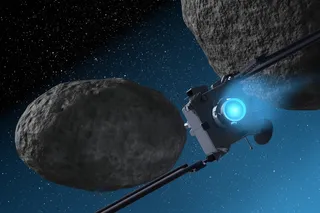Science fraud has been in the news again lately, and it got me thinking about whether it would be possible to fake data with no chance of getting caught. Would it be possible to carry out the perfect scientific crime? How can we help make life more difficult for fraudsters?
Here's how fraudsters seem to get caught. There is usually a two stage process. Firstly, someone notices something suspicious about the published results. In the case of numerical results, the suspicious thing is often that the data are too 'neat' or 'too good to be true' - this was what caught Stapel (Edit: but see comments), Smeesters, and others. Uri Simonsohn has exposed several frauds in this way. Other times, the data are shown to be copied from another source, as in LaCour. Data that take the form of images (blots) have their own set of 'tells', namely duplication and ...













